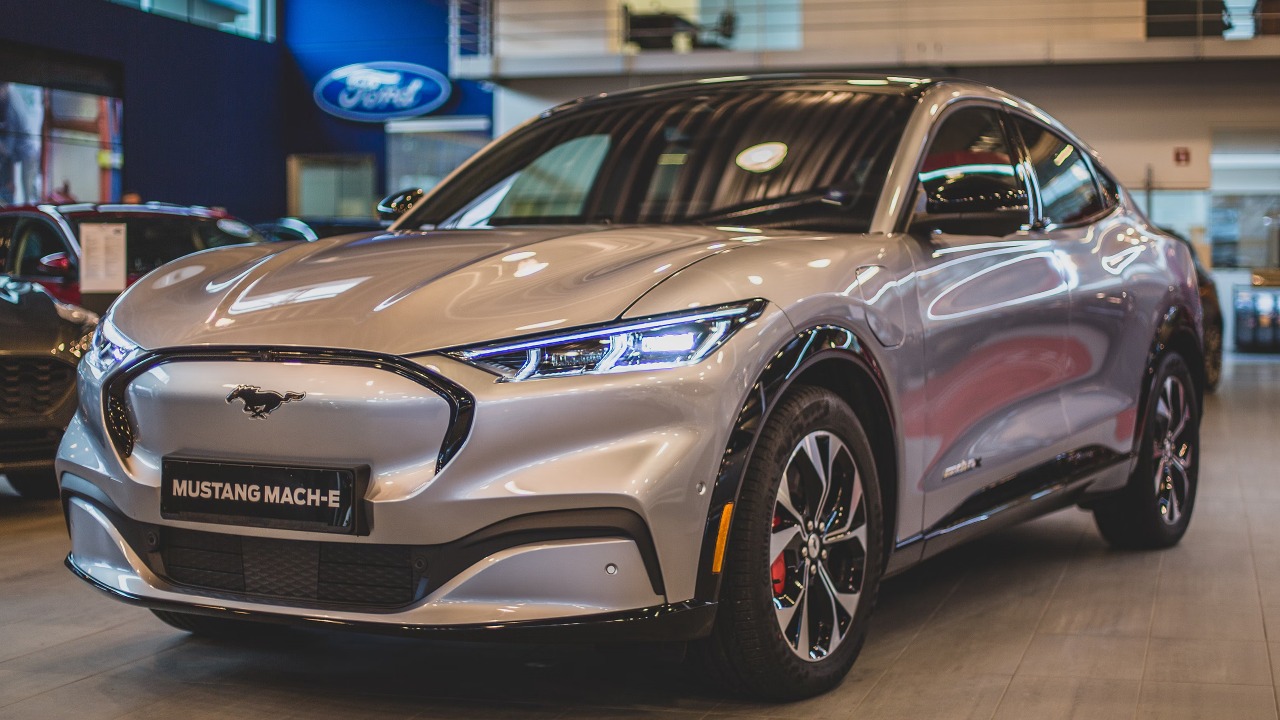Semi-autonomous driving technologies are rapidly becoming more prevalent in today’s automotive industry. As these features are integrated into modern vehicles, drivers and consumers alike are faced with both the promises and limitations of this technology. The current state and implications of semi-autonomous driving in today’s cars are both fascinating and complex.
Understanding Semi-Autonomous Driving
The concept of semi-autonomous driving can be understood through the levels of automation defined by the Society of Automotive Engineers (SAE). These levels range from Level 0, where no automation is present, to Level 5, which represents full automation. Most semi-autonomous features are found between Levels 1 to 3. Level 1 includes features like adaptive cruise control, where the vehicle can assist with speed but requires full driver attention. Level 2, available in cars like the 2022 Tesla Model 3, offers combined functions such as steering and acceleration, but the driver must remain engaged. Level 3, seen in models like the 2023 Mercedes-Benz S-Class, allows the vehicle to handle certain driving tasks, though human intervention is still necessary.
The technologies powering these features are impressive. Adaptive cruise control, lane-keeping assist, and automated parking systems are key components. These systems rely on a network of sensors, cameras, and radar to monitor surroundings and make real-time adjustments. For instance, the 2024 Audi A8 uses a combination of LiDAR and cameras to enhance its semi-autonomous capabilities. However, it’s crucial to differentiate between semi-autonomous and fully autonomous vehicles. While fully autonomous vehicles can drive without human intervention, semi-autonomous cars still require the driver to be attentive and ready to take over control at any moment.
The Benefits of Semi-Autonomous Driving
Semi-autonomous driving technologies bring several potential benefits, particularly in terms of safety. Features such as automatic emergency braking and collision detection can significantly reduce the likelihood of accidents. The 2025 Volvo XC90, for example, includes a suite of safety technologies designed to detect potential hazards and react faster than a human driver could. These systems can mitigate accidents, potentially saving lives and reducing insurance costs.
Moreover, the convenience and comfort provided by semi-autonomous features are noteworthy. Long drives can become less stressful with systems like adaptive cruise control managing speed and distance to the vehicle ahead, while lane-keeping assist ensures the car remains centered. The 2026 BMW i7 exemplifies this by offering a comfortable and less demanding driving experience, allowing drivers to enjoy the journey rather than focus solely on the road.
These technologies also hold promise for improving traffic efficiency and fuel consumption. Smarter driving systems can optimize speed and reduce stop-and-go traffic, leading to better fuel economy. For example, the 2023 Toyota Prius leverages its semi-autonomous features to enhance fuel efficiency, showcasing the potential environmental benefits of such technologies.
Challenges and Limitations
Despite the advantages, semi-autonomous driving systems face significant technological limitations. Current systems, while advanced, are not infallible. They struggle with complex driving environments, such as inclement weather or poorly marked roads. The reliability of these systems is still under scrutiny.
Human factors also present a challenge. As systems become more capable, there’s a risk that drivers might become complacent, over-relying on technology and not staying vigilant. This complacency can lead to dangerous situations, especially when immediate human intervention is required. Furthermore, the legal and regulatory landscape is still catching up with technological advancements. Policymakers face the daunting task of creating regulations that ensure safety while promoting innovation. The patchwork of laws across different regions adds another layer of complexity for manufacturers and consumers alike.

Current Market and Consumer Adoption
The market for semi-autonomous vehicles is expanding, with numerous manufacturers incorporating these features into their models. Companies like Tesla, BMW, and Mercedes-Benz are at the forefront, offering advanced driver-assistance systems in their vehicles. The 2023 Tesla Model S, for instance, is equipped with Tesla’s Autopilot system, which provides a comprehensive suite of semi-autonomous features.
Consumer perceptions of these technologies are varied. While some drivers embrace the convenience and safety features, others remain skeptical, concerned about reliability and the loss of driving enjoyment. Surveys indicate a growing willingness to adopt these technologies, especially among younger drivers who are more comfortable with advanced technology. However, cost remains a consideration. Vehicles equipped with semi-autonomous features often come with a premium price tag, although potential savings on insurance and fuel efficiency may offset initial costs. The 2025 Hyundai Sonata, for example, offers an attractive balance of affordability and technology, appealing to budget-conscious consumers.
The Future of Semi-Autonomous Driving
Looking ahead, technological advancements are poised to enhance semi-autonomous capabilities further. Developments in artificial intelligence and machine learning could lead to more sophisticated systems that better understand and react to complex driving scenarios. The 2026 Mercedes-Benz EQS is an example of a vehicle that might benefit from such advancements, integrating more intuitive and reliable semi-autonomous features.
Regulatory and infrastructural changes will also play a critical role in the evolution of semi-autonomous driving. As the technology becomes more widespread, global infrastructures and regulations will need to adapt to support these advancements. Governments might invest in smart road systems and updated traffic laws to accommodate a higher prevalence of semi-autonomous vehicles on the road.
The impact of these technologies on driving culture and society could be transformative. As semi-autonomous driving becomes more common, we may see shifts in car ownership models, with increased interest in car-sharing and ride-hailing services. Furthermore, societal norms around driving could evolve, with less emphasis on driving skills and more on understanding and interacting with advanced driving systems.
More from Fast Lane Only:
- Unboxing the WWII Jeep in a Crate
- The Fastest Farm Truck Ever Built
- 10 Old Trucks That Were Built Like Tanks
- 12 Classic muscle cars still within reach for budget buyers
*Created with AI assistance and editor review.







Leave a Reply